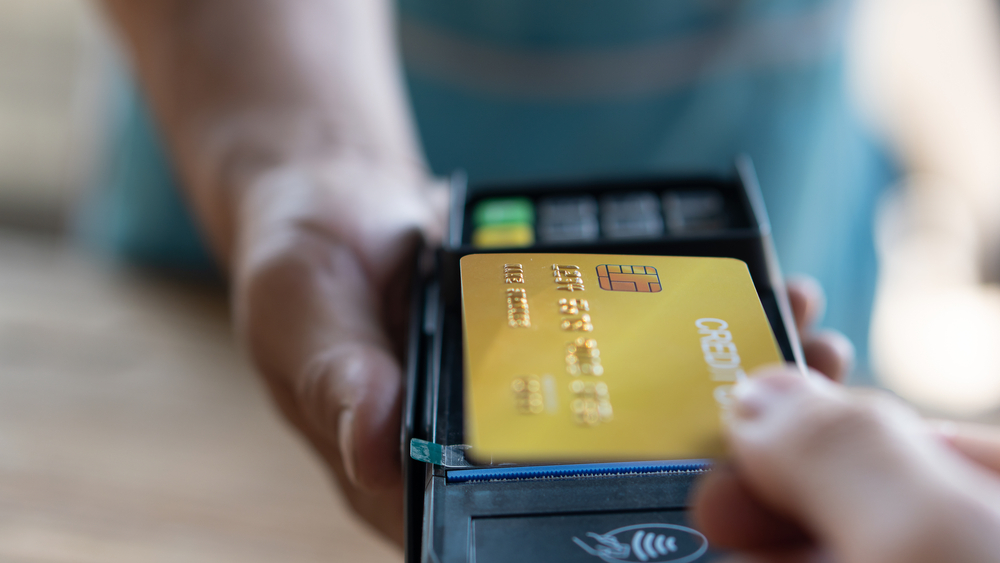How much does speed and efficiency at point of sale impact your business? Here are some stats that tell the story.
Most of us have experienced long queues at checkout. And we don’t like it. In a survey in the US, three-quarters of supermarket customers said checkout was the biggest friction point in their shopping experience. 88% said they wanted faster checkouts.
Making customers wait doesn’t just lead to lukewarm reviews, either. Fed-up shoppers are more than ready to vote with their feet when things go too slow. Half of customers say they won’t return to a store if they’re forced to wait five minutes or more. A third say a wait of five minutes has triggered them to abandon their shopping and walk out.
Lost customers, lost sales… it’s been estimated that all of this costs UK businesses £12bn each year.
So, point made. Speed and efficiency at point of sale have a significant business impact. So what can you do about it?
POS hardware choices
A slow checkout experience can be caused by lots of things. Common issues include not having enough sales points for the number of customers, not having the right kind of hardware, or the hardware you do have being old, sluggish and glitchy.
Choice of POS hardware is therefore an important factor in driving the overall success of your business. It’s important first of all to make sure that any equipment you have is up to date, in good working order, and fit for purpose for your needs. Beyond that, the quantity and type of hardware you choose have a significant business impact.
Some things to consider are as follows. You should always use peak sales data to gauge how many POS points you need. Even if transactions flow through your checkouts smoothly most of the time, it’s at times of peak demand that long queues and the potential for lost sales can really bite. Those customers who walk out over a long wait, or even make the purchase but are unhappy about the experience, are unlikely to come back.
Installing more fixed POS terminals just to cater for peak demand might not make much sense to your business, especially if floor space is limited. So this is where getting the right mix of POS options comes into play. To supplement conventional staffed checkout points, you can consider self-service kiosks, which have a smaller footprint and have been proven to reduce wait times and increase throughput.
Alternatively, mobile POS tablets are a great resource for dealing with peak footfall. They take up no space on the shop floor at all, and can be deployed on demand at busy times, with staff carrying them to process sales and break up queues.
Other important hardware considerations include the type of payment processing options you have at point of sale. Contactless terminals are becoming standard now in response to consumer demand. But they also open the door to faster transactions.
Similarly, touchscreens have been the standard interface on POS terminals for some time now. But if you are running legacy terminals with keyboard controls, a big reason to upgrade to touchscreens is that they are that much more intuitive to use, and help your staff process sales that much faster.
